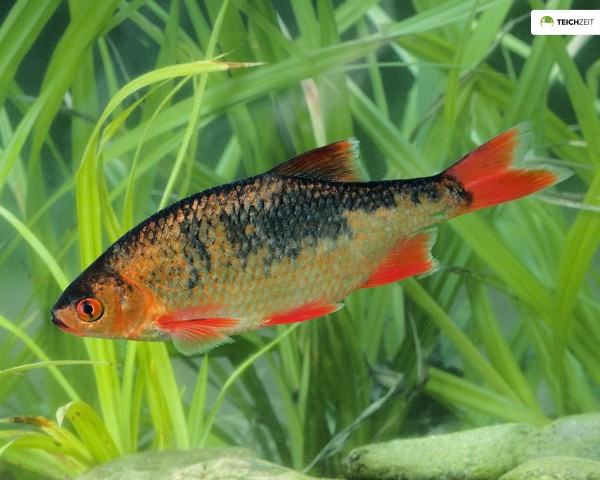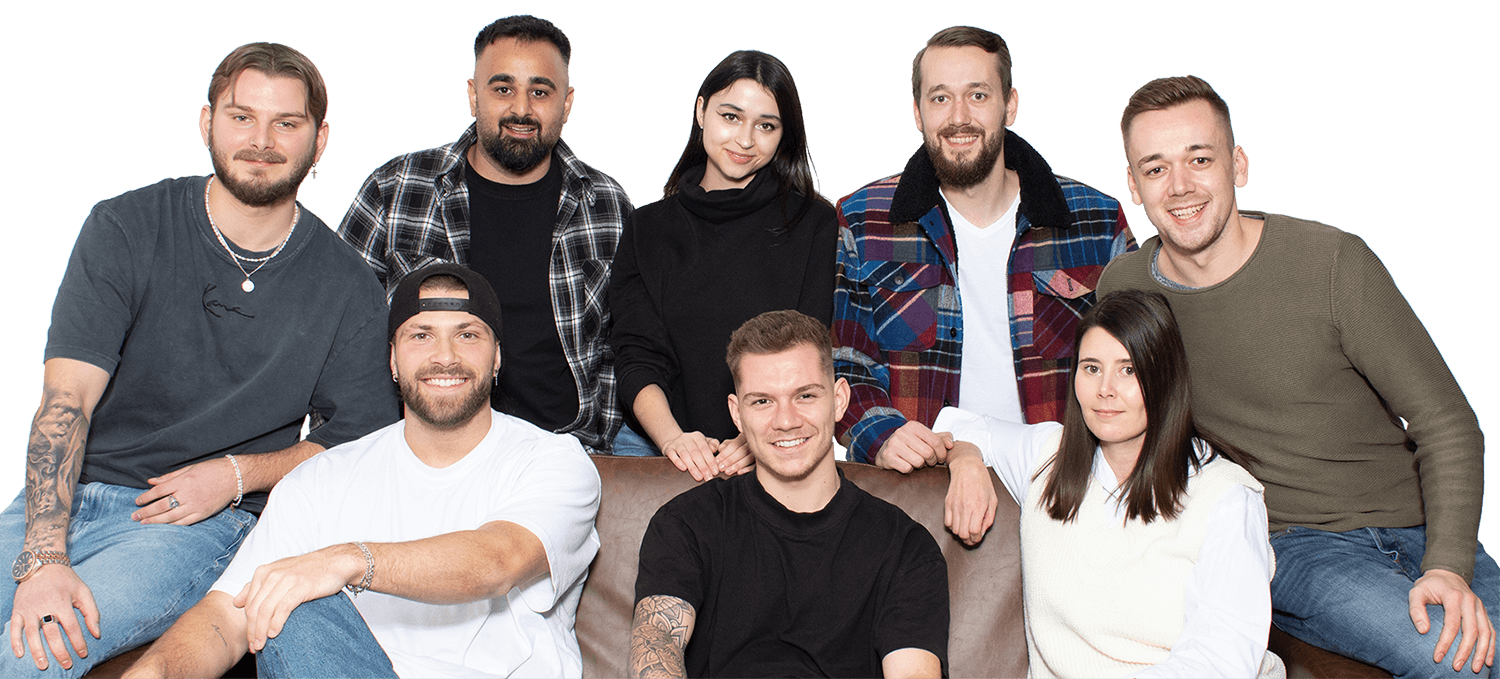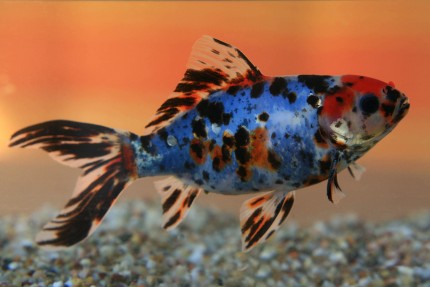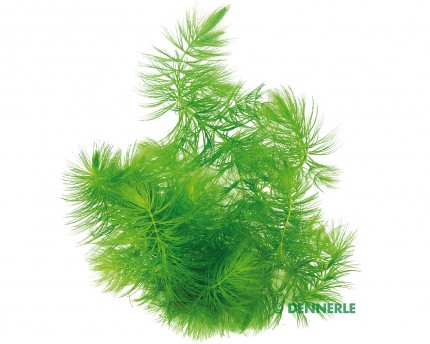Golden red feather - Scardinius erythrophthalmus
- Item no: 6228
Fast delivery times
All products are in stock with us!14 years of breeding experience
Let our team of experts advise you!High customer satisfaction
from over 3,000 reviews "The golden redfeather is the golden red breeding form of the rudd with the scientific name Scardinius erythrophthalmus. Adult golden redfeathers are golden red, partly with dark markings and with bright red fins, juveniles are paler. The golden redfeather grows 20-30 cm long, sometimes up to 40 cm. The really attractively colored pond fish are carp fish.
The Golden Redfeather is a pond fish native to Europe, which can easily overwinter in a deep garden pond of at least 1.30-1.50 m. Golden redfeathers hibernate at the bottom of the pond in the mud. The pond must not freeze over completely, so we recommend using an ice freezer to keep the water surface open in winter and allow oxygen to diffuse into the pond water.
If the water quality is not good, the golden red feather will become pale and lose its color. A sufficiently large pond filter can remedy this. Good planting in the pond also makes good water. Therefore, the pond for Golden Redfeathers should be sufficiently large (at least 1000 liters per fish) and planted with many aquatic plants.
Golden Reds are schooling fish and need a group of 5-10 conspecifics to feel really comfortable. The wild form of the rudd can be kept in a shoal with the golden rudd. Also to Koi fit Golden Redfeather as companion fish very well, provided that the pond is large enough.
Optimal for keeping rudd and golden redfeathers is a pond set up in partial shade with a good planting of aquatic plants with a somewhat muddy bottom. The rudd like to forage in the pond mud.
Densely planted with marsh plants shallow water zones at the edge of the pond gladly accept the beautiful fish for the garden pond for courtship and spawning. Rudd and Golden Rudd like to spawn in aquatic plants, with females attaching up to 200,000 eggs to plant stems where they are fertilized by the male. Breeding is easily accomplished in the garden pond.
Golden rudd, like their silver siblings, rudd, are omnivores with a preference for plant foods. They feed primarily on algae and dead or soft plant tissue in the garden pond. Aquatic plants with rather tender leaves are nibbled. Invertebrates such as insect larvae, crustaceans and worms from the pond sludge as well as snails are also part of their natural diet. It looks great in the summer when the flock of golden redpolls stands below the water surface waiting for approach food - insects that fall into the water or that want to lay their eggs on the water surface. Golden redfeathers also take care of mosquito larvae in the pond very reliably.
In a densely planted garden pond, Goldenrods usually do not need to be fed. If you still want to feed them, you can use a high-quality goldfish food with a high vegetable content for the beautiful pond fish.
| Scientific name | Scardinius erythrophthalmus |
| German Name: | Golden red feather, golden red eye, false golden red eye, golden red lead |
| Difficulty level: | for beginners |
| Origin/Distribution: | Europe |
| Coloration: | golden to red body color, partly with dark markings, bright red fins when old, yellow-brown eyes |
| Age expectancy | 20 years |
| Pond size: | at least 5 cubic meters for five fish, for each additional 1000 liters |
| Food | Omnivorous, plants, algae, insect larvae, insects, worms, crustaceans, special goldfish food |
| Breeding | relatively easy in the pond |
| Behavior | Diurnal |
| Group size | from five fish |
- Item no: 6228
- EAN No.: 7427061494181
Entdecke die Garnelio Welt!
Garnelio gehört zu den größten Onlineshops für wirbellose Aquarientiere weltweit.
Viele Artikel gibt es exklusiv nur bei uns im Shop.


































